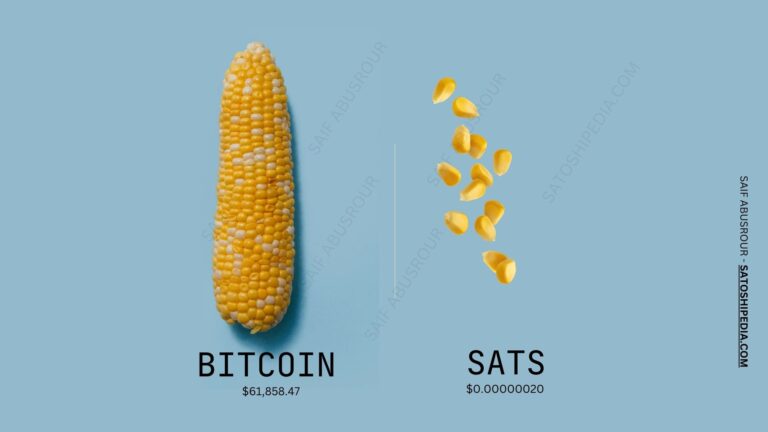In a world where technology evolves at lightning speed, Ethereum stands at the forefront, much like Amazon did in the 1990s. The comparison made by 21Shares, a prominent cryptocurrency asset manager, highlights the exciting yet complex nature of Ethereum. Understanding this evolution is crucial for anyone interested in the future of finance, technology, and investment opportunities.
The Comparison: Ethereum and Amazon
Just as Amazon started as an online bookstore but transformed into a giant that reshaped entire industries, Ethereum began in 2015 as a platform for simple smart contracts. Today, it supports decentralized finance (DeFi) applications worth over $140 billion. The idea here is that Ethereum’s potential is still largely untapped, and its future applications could revolutionize how we conduct financial transactions and interact with technology.
Key Terms to Remember:
- Smart Contracts: Self-executing contracts with the terms of the agreement directly written into code.
- Decentralized Finance (DeFi): Financial services that use smart contracts on blockchains, providing alternatives to traditional financial intermediaries.
Why Ethereum Matters Now
Ethereum currently has a market capitalization of around $320 billion, which is only about 6.25% of Amazon’s staggering $2 trillion valuation. However, one advantage Ethereum holds is its community of over 200,000 active developers. This talent pool is working tirelessly to innovate and expand Ethereum’s capabilities, much more than Amazon had in its early days.
This growth and innovation are vital. As Ethereum develops, it could introduce groundbreaking applications that we can’t even imagine today.
Important Point: The more Ethereum grows and the more developers contribute to it, the higher the potential for new use cases that could reshape industries.
Challenges and Market Perception
Despite its potential, Ethereum faces challenges, especially from competitors like Solana and the skepticism of Wall Street investors. Many investors are cautious, waiting for clearer indications of Ethereum’s capabilities before diving into investments, such as Exchange-Traded Funds (ETFs). For example, recent inflows into Ether ETFs were only 9% of what Bitcoin ETFs attracted during the same period.
This hesitancy can be understood—just like Amazon faced skepticism in its early years due to its consistent losses, Ethereum is experiencing a similar phase.
Key Terms to Remember:
- ETFs: Exchange-Traded Funds that allow investors to buy shares in a fund that holds assets like cryptocurrencies.
- Layer-2 Scaling: Solutions built on top of Ethereum that help to reduce congestion on the main Ethereum network and lower transaction costs.
Future Outlook: Growth and Optimism
Experts believe that as more people understand Ethereum’s diverse applications, investor sentiment will improve. The key is patience. Just like Amazon took years to prove its value, Ethereum’s time to shine is also coming. In the next year, as the market matures, more investors will likely recognize Ethereum’s potential and its innovative financial applications, leading to greater adoption.
Next Steps for Investors:
- Educate Yourself: Understanding Ethereum’s ecosystem, including how it works and its applications, is essential.
- Stay Updated: Follow market trends and news about Ethereum and its competitors.
- Consider Long-Term Investments: Like Amazon, Ethereum might take time to reach its potential, so think long-term.
Conclusion
Ethereum is at a pivotal moment, much like Amazon in the early days of the internet. Its complex structure and the potential for revolutionary applications make it an important area for anyone interested in technology, finance, and investment. By increasing your knowledge in this field, you can position yourself to take advantage of future opportunities, much like those who recognized Amazon’s potential early on. Keep an eye on Ethereum—it could change the way we think about and use technology in our everyday lives.



